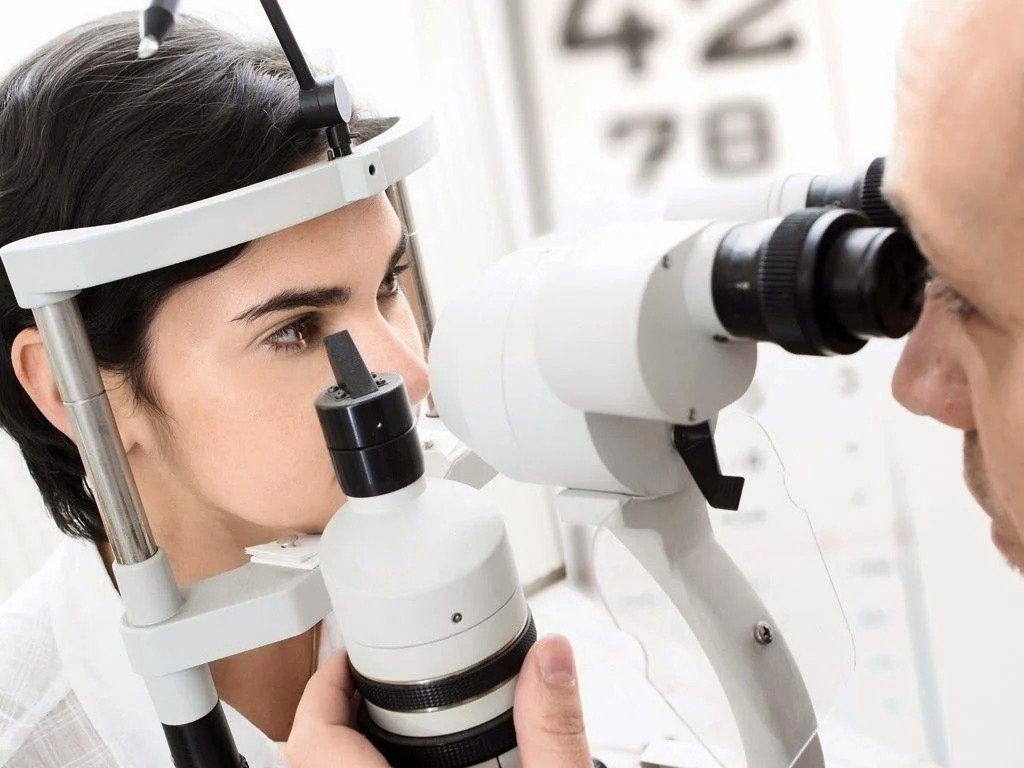
Dry Eyes
WHY ARE TEARS IMPORTANT?
Tears play a crucial role in maintaining the health and clarity of the eye's surface. Each layer of the normal tear film serves a vital function that contributes to good vision:
The outer oily layer serves as the first "lens" or optical surface through which light passes to enter the eye.
The middle watery layer keeps the eye moist and flushes away foreign debris.
The inner mucous layer acts as a reservoir for the external eye's natural defenses against infection and inflammation.
WHAT ARE THE SYMPTOMS OF DRY EYE?
Patients with dry eyes may experience a multitude of symptoms, including burning sensations, redness, a gritty feeling in the eyes, fluctuating vision with blinking, contact lens intolerance, and excessive tearing. These symptoms often worsen in dry or windy environments, during prolonged periods of reading, when taking certain medications, or when working in heated or air-conditioned areas.
WHAT CAUSES DRY EYES?
Dry eyes most commonly occur when tear production is insufficient or abnormal. It can also result from poor oil or mucous production. In either case, dry spots form on the outer surfaces of the eye. Dry eyes can be associated with allergies, thyroid disease, arthritis, nutritional deficiencies, hormonal changes, and other connective tissue disorders. Common medications such as antihistamines, birth control pills, and diuretics can cause dry eyes. The normal aging process also contributes to increasing problems with dry eyes.
HOW ARE DRY EYES TREATED?
While many cases of dry eyes cannot be completely cured, the tear film can be supplemented to provide the comfort of normal tears. Artificial tears in the form of drops or ointments are often effective in treating dry eyes. Patients may benefit from using humidifiers at home or work and wearing side shields on their eyeglasses. Punctal plugs can also help with dry eyes by retaining moisture on the eye's surface, similar to a stopper in a sink drain. When these treatments fail, special drops like Restasis can improve dry eye symptoms. Systemic treatments with flaxseed oil and homeopathic agents can also improve and alleviate dry eye symptoms. Plasma serum made from the patient's own body is another useful therapy for dry eye.
TREATMENTS INCLUDE:
Punctal plugs
Artificial tears
Eye masks
Restasis
Ophthalmic ointments
Omega-3 supplements
Humidifiers
Allergy drops
Taping eyelids shut
Turning off ceiling fans





